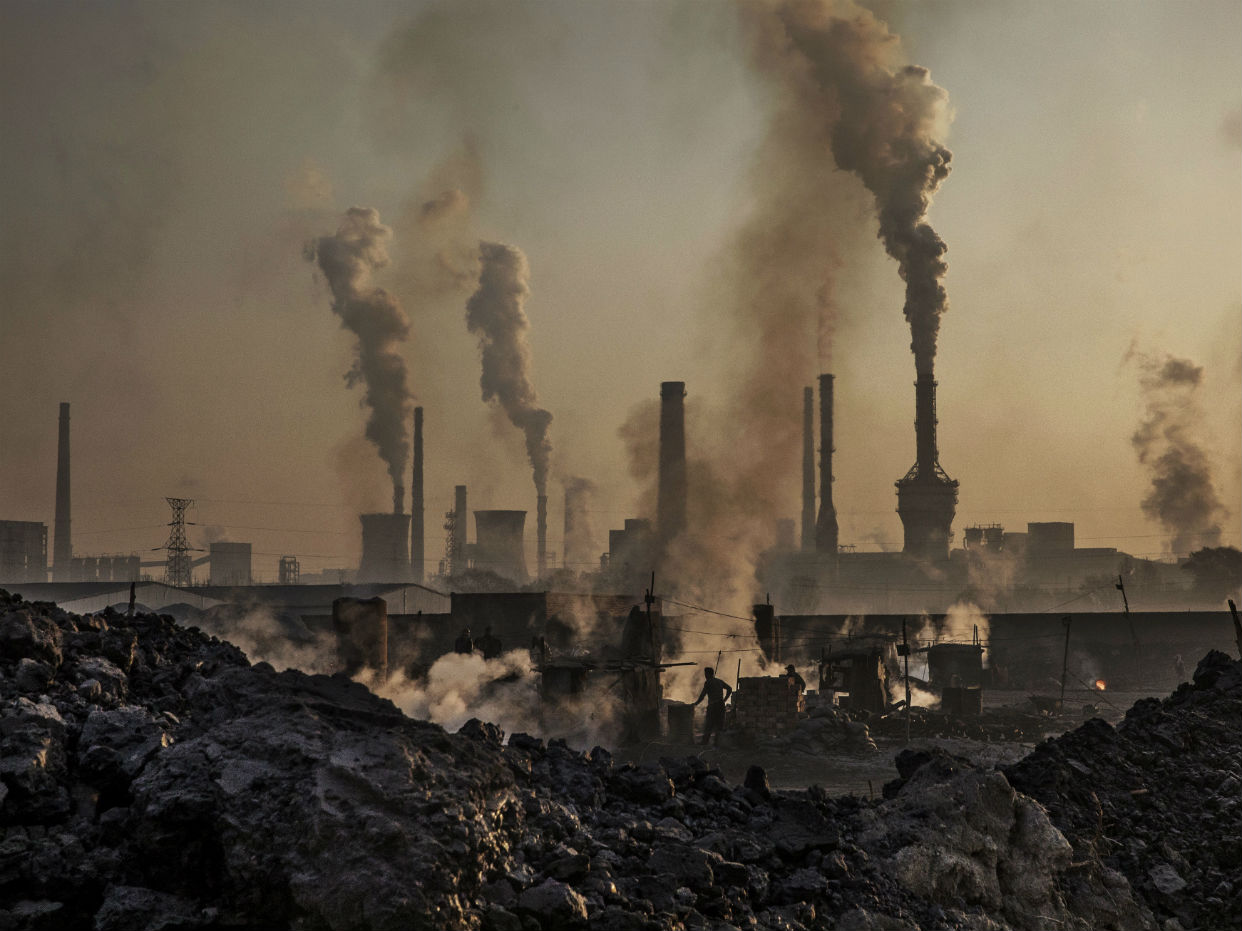Environment reporters face harassment and murder
Green Blood study finds climate change reporting is ‘inherently dangerous’

Thirteen journalists who were investigating environmental issues have been killed in recent years, according to a new study from the Committee to Protect Journalists.
The CPJ says many more journalists covering climate change are facing violence, intimidation, harassment, and lawsuits. As it investigates another 16 deaths, it believes the tally of murders may be as high as 29.
The Guardian points out that such a figure would make this field of journalism “one of the most dangerous after war reporting”.
The Week
Escape your echo chamber. Get the facts behind the news, plus analysis from multiple perspectives.

Sign up for The Week's Free Newsletters
From our morning news briefing to a weekly Good News Newsletter, get the best of The Week delivered directly to your inbox.
From our morning news briefing to a weekly Good News Newsletter, get the best of The Week delivered directly to your inbox.
The CJP report, entitled Green Blood, has focused particularly on the mining industry. Three journalists have died while reporting on the sector in the Phillippines.
There have also been deaths in Tanzania, which has slipped 25 places on the World Press Freedom Index produced by Reporters Without Borders. It now ranks 118th out of 179 countries.
“Journalists [in Tanzania] are attacked without reason,” Ryan Powell, a media development specialist working in Africa, said. “Police will harass journalists, and people do not interfere.”
India is revealed to be one of the most dangerous places to be an environmental journalist – three of the 13 identified as having been killed were from the country.
A free daily email with the biggest news stories of the day – and the best features from TheWeek.com
Shortly before his death in 2015, the Indian journalist Jagendra Singh wrote on social media about threats he believed he faced for investigating sand mining in northern India.
“Politicians, thugs, and police, all are after me,” he warned. “Writing the truth is weighing heavily on my life.” Since his death, two other journalists have been killed while investigating sand mining in India. Karun Misra died in February 2016, and Sandeep Sharma was killed in March 2018.
The other reporters named in the Green Blood study died in Panama, Colombia, Russia, Cambodia, Myanmar, Thailand and Indonesia.
Bruce Shapiro, the director of the Dart Center for Journalism and Trauma, says: “Environmental issues involve some of the greatest abuses of power in the world and some of the greatest of concentrations of power in the world.
“I’m hard put to think of a category of investigative reporters who are routinely dealing with more dangerous actors. Investigative reporting on the environment can be as dangerous a beat as reporting on narco smuggling.”
CPJ executive director, Joel Simon, says: “Reporting such stories for national and international media often involves travelling to remote communities and confronting powerful interests. This makes it inherently dangerous.
“This is not a new issue, but it has become more acute as climate change has accelerated and environmental change more directly impacts people’s lives. I don’t see that changing any time soon, which is why it is so important to report on environmental issues despite the risk.”
-
 The best alcohol-free alternatives for Dry January
The best alcohol-free alternatives for Dry JanuaryThe Week Recommends Whether emerging from a boozy Christmas, or seeking a change in 2026, here are some of the best non-alcoholic beers, wines and spirits to enjoy
-
 A lemon-shaped exoplanet is squeezing what we know about planet formation
A lemon-shaped exoplanet is squeezing what we know about planet formationUnder the radar It may be made from a former star
-
 Political cartoons for January 4
Political cartoons for January 4Cartoons Sunday's political cartoons include a resolution to learn a new language, and new names in Hades and on battleships
-
 The Alps start the countdown to ‘peak glacier extinction’
The Alps start the countdown to ‘peak glacier extinction’IN THE SPOTLIGHT Central Europe is losing ice faster than anywhere else on Earth. Global warming puts this already bad situation at risk of becoming even worse.
-
 How Bulgaria’s government fell amid mass protests
How Bulgaria’s government fell amid mass protestsThe Explainer The country’s prime minister resigned as part of the fallout
-
 Femicide: Italy’s newest crime
Femicide: Italy’s newest crimeThe Explainer Landmark law to criminalise murder of a woman as an ‘act of hatred’ or ‘subjugation’ but critics say Italy is still deeply patriarchal
-
 Brazil’s Bolsonaro behind bars after appeals run out
Brazil’s Bolsonaro behind bars after appeals run outSpeed Read He will serve 27 years in prison
-
 Americans traveling abroad face renewed criticism in the Trump era
Americans traveling abroad face renewed criticism in the Trump eraThe Explainer Some of Trump’s behavior has Americans being questioned
-
 Cop30: is the UN climate summit over before it begins?
Cop30: is the UN climate summit over before it begins?Today’s Big Question Trump administration will not send any high-level representatives, while most nations failed to submit updated plans for cutting greenhouse gas emissions
-
 Nigeria confused by Trump invasion threat
Nigeria confused by Trump invasion threatSpeed Read Trump has claimed the country is persecuting Christians
-
 Sanae Takaichi: Japan’s Iron Lady set to be the country’s first woman prime minister
Sanae Takaichi: Japan’s Iron Lady set to be the country’s first woman prime ministerIn the Spotlight Takaichi is a member of Japan’s conservative, nationalist Liberal Democratic Party